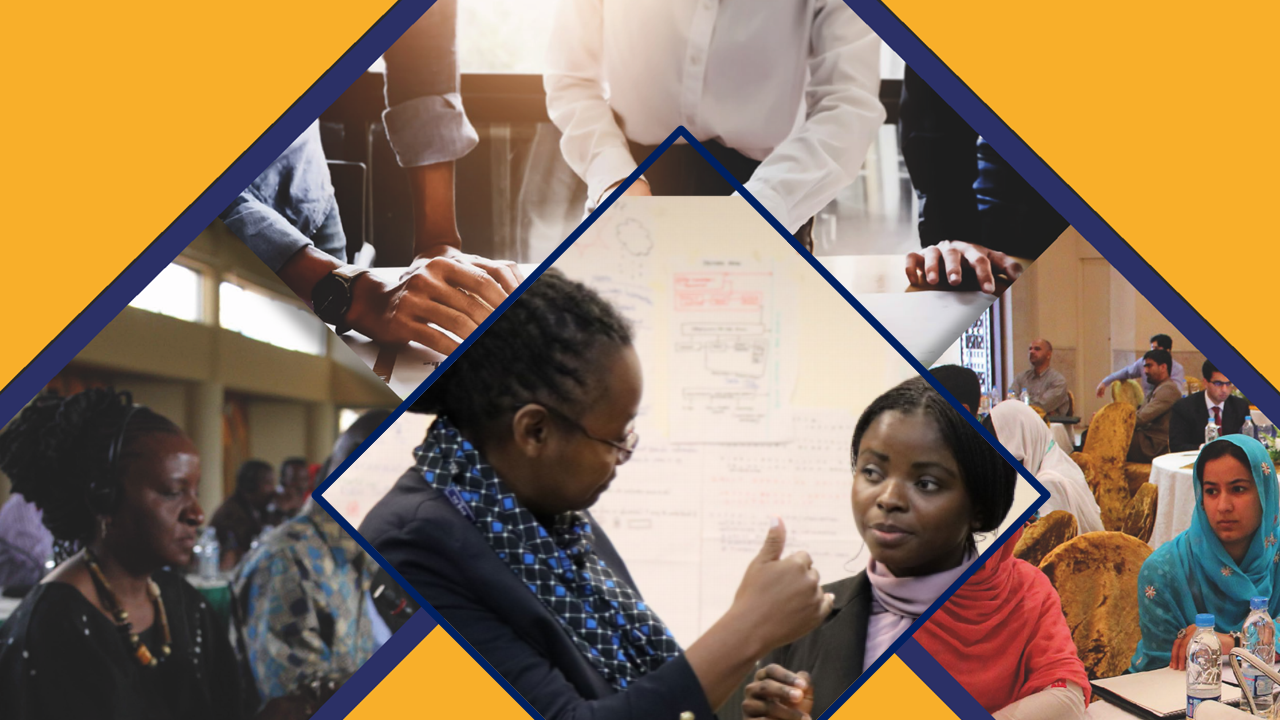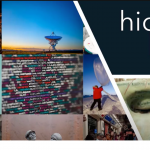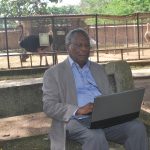
Improving public service delivery, efficiency and accountability requires that government agencies can use evidence more effectively
In this post, Emily Hayter, Leandro Echt and Clara Richards share reflections from two evidence diagnostic exercises (one in Pakistan and the other in Uganda) undertaken as part of the Strengthening Evidence Use for Development Impact (SEDI) programme.
We know that ways in which evidence is used in policy depends on a wide range of factors — both the broader political economy context, and the internal dynamics of how government agencies work such as their internal cultures, processes, procedures and structures. Those who work to strengthen the use of evidence need to understand both how to navigate processes of government reform, and the best opportunities for improving the use of evidence in policy processes. Against this backdrop, the FCDO-funded Strengthening Evidence for Development Impact (SEDI) programme had two main aims:
- Increase the use of robust evidence directly informing policy and programme decisions (referred to as the ‘instrumental use of evidence’) by targeted policymakers in Ghana, Uganda, and Pakistan, both during policy and programme design, and implementation.
- Increase the use of evidence in processes, systems, and working culture (referred to as the ‘embedded use of evidence’) in government decision-making structures in Ghana, Pakistan, and Uganda; both during policy and programme design, and implementation.
One of the most exciting things about the SEDI programme was the opportunity to apply a ‘thinking and working politically’ mindset to capacity development work. A key finding of the evaluation of the BCURE programme (Building Capacity to Use Research Evidence), and a resultant foundational design principle of SEDI, was that evidence-informed policy making practitioners could do more to integrate political economy analysis into their project design, as well as navigating political dynamics more effectively in programme implementation. For the INASP team, this built on previous thinking we’d already been grappling with in our programme work – see here and here.
In contrast to BCURE, where the evaluation found that projects’ ability to navigate political dynamics was constrained by donor contracting models, SEDI had a very adaptive and flexible design, with lots of room to manoeuvre. So, how did the project use this great opportunity?
The first and most critical foundational step to underpin a ‘thinking and working politically’ approach in SEDI was the eight-month analysis phase the project embarked on led by ODI. Using an innovative ‘PEA+’ framework, the team conducted in depth studies in SEDI’s focus countries Uganda, Ghana and Pakistan. The findings of these studies are summarised here and there are reflections on the methodology used here.
To support the move from ‘thinking politically’ in the analysis phase towards ‘working politically’, SEDI conducted evidence diagnostics with government partner agencies at the beginning of the implementation phase. Led by country leads EPRC in Uganda and SDPI in Pakistan in collaboration with technical leads OPM and INASP, these participatory exercises were carried out by joint SEDI and government teams. They included interviews, focus groups and workshops aimed at identifying the key factors affecting evidence use within government agencies and understanding the space for change. Specifically, they aimed to:
- Identify appropriate entry points within the agency/ies—for instance, particular units or champions which would be most strategic to engage
- Enable co-definition of roots of problems with government partners to build groundwork for ownership of solutions
- Identify priority areas for action where SEDI is best placed to support
- Inform the design and timing of the interventions SEDI would undertake to increase embedded and/or instrumental use of evidence within the agencies
In our full learning brief, SEDI Pakistan leads SDPI, Uganda leads EPRC, and technical workstream leads OPM and INASP share our reflections from conducting these exercises with government. Some of our reflections chime with well-established learning from others in the sector and beyond, like the importance of pre-existing trusted government relationships for conducting these kinds of exercises. Others are more specific to SEDI, like the tensions we experienced balancing a research and a capacity development approach, our experience finding the intersection between SEDI’s mandate and approach and those of our government partners, and the lessons we learned about building efficient teams that are able to work in an agile way.
The SEDI diagnostics were carried out early in what was to be a five-year programme collaboration and we were looking forward to learning much more about TWP in practice. We hope that sharing our first emerging impressions can be useful to others working in the research and knowledge sector who are interested in flexible and problem driven approaches to capacity development—as well as those working in the governance sector who are interested in the role evidence plays in effective and accountable public institutions.
Read the full learning brief here: Using evidence diagnostics to think and work politically: SEDI’s experience

 Previous Post
Previous Post Next Post
Next Post

